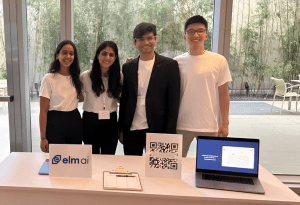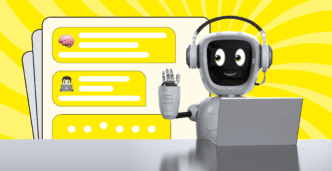OpenAI has officially announced plans to phase out its widely used GPT-4 model from ChatGPT by April 30. The move will see GPT-4 fully replaced with GPT-4o, the latest and more advanced iteration of the company’s large language models.
While GPT-4 will still be accessible through OpenAI’s API, it will no longer be available within the ChatGPT interface. The transition marks a major shift in OpenAI’s product line and reflects the company’s focus on pushing performance boundaries with GPT-4o, now the default model powering ChatGPT.
According to OpenAI’s update log, GPT-4o has consistently outperformed GPT-4 in a wide range of benchmarks. These include writing tasks, software coding, and problem-solving in STEM subjects. The model also boasts improved instruction-following capabilities and delivers a smoother, more human-like conversation experience.
First released in March 2023, GPT-4 brought multimodal capabilities to mainstream AI. It could interpret both text and images, a breakthrough feature at the time. The model powered not just ChatGPT, but also Microsoft’s AI Copilot assistant across its suite of online tools.
GPT-4 also represented a significant investment for OpenAI. CEO Sam Altman previously revealed that it cost the company over $100 million to train. A faster and more affordable version, GPT-4 Turbo, launched in November 2023.
Despite its achievements, GPT-4 has faced legal scrutiny. It is at the center of high-profile copyright lawsuits, including one filed by The New York Times. The newspaper alleges that OpenAI used its content without permission to train GPT-4. OpenAI maintains that its training methods fall under fair use.
As GPT-4 nears retirement, OpenAI appears poised to introduce even more advanced models. Developer and reverse engineer Tibor Blaho recently discovered references to a new GPT-4.1 lineup, which includes GPT-4.1-mini, GPT-4.1-nano, and GPT-4.1. Additionally, a new family of reasoning models — “o3” and the upcoming “o4-mini” — are reportedly in development.
The shift to GPT-4o not only signals the end of GPT-4’s era in ChatGPT, but also sets the stage for a wave of new AI capabilities designed to accelerate productivity and enhance real-time conversations.












